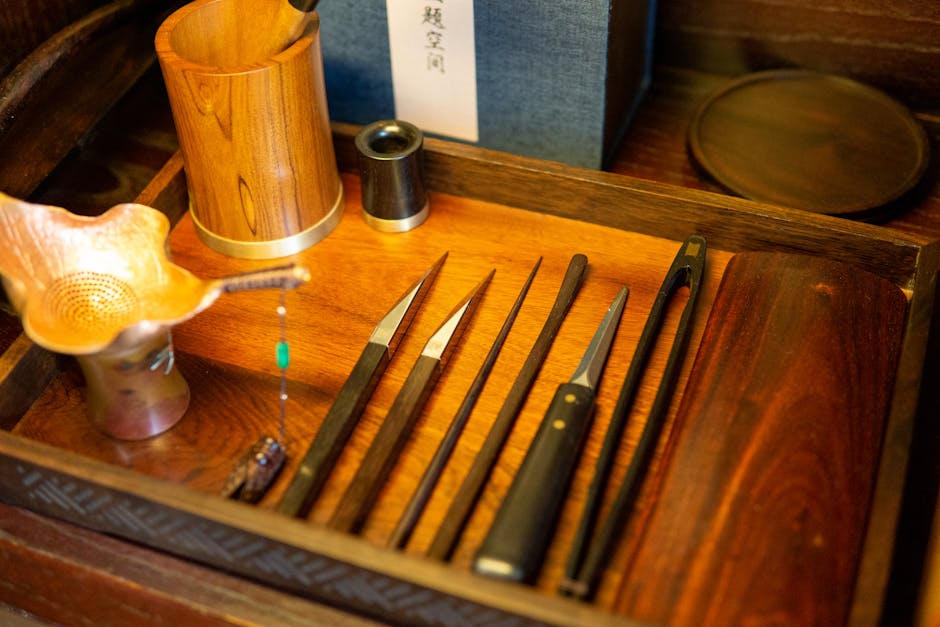Saitama's Craft Legacy Flourishes: Three New Artisans Honored for Konosu Hina Dolls, Gyoda Tabi, and Tokorozawa Dolls

At the heart of Japan's rich cultural tapestry lie its traditional crafts, each piece a testament to generations of skill, dedication, and artistic spirit. We are thrilled to celebrate a significant moment for Saitama Prefecture, as three exceptional individuals have been newly recognized as Saitama Prefectural Traditional Craftspersons. This esteemed title honors their profound mastery and unwavering commitment to preserving and evolving the region's invaluable artistic heritage.
Join us as we delve into the world of these remarkable artisans: Sekiguchi-san of Konosu Hina Dolls, Mori-san of Gyoda Tabi Socks, and Tsujita-san of Tokorozawa Dolls. Their stories are threads woven into the fabric of Saitama's identity, connecting past traditions with contemporary life.
Konosu Hina Dolls: The Art of Celebration with Sekiguchi-san
The delicate beauty of Konosu Hina Dolls is instantly recognizable. These exquisite dolls are central to Japan's annual Hina Matsuri (Doll's Festival), celebrated on March 3rd, embodying prayers for the health and happiness of young girls. Konosu has a history stretching back over 380 years as a renowned center for Hina doll craftsmanship, its artisans perfecting every intricate detail.
Sekiguchi-san, one of the newly certified craftspersons, continues this venerated tradition with a meticulous eye and skilled hand. The creation of a Hina doll is a complex process, involving numerous specialized techniques: carving the wooden base, applying layers of gofun (a white pigment made from crushed oyster shells) to achieve the doll's smooth, porcelain-like skin, painting the delicate facial features, and meticulously dressing them in layers of elaborate silk kimonos. Sekiguchi-san's dedication ensures that each doll, from the noble Emperor and Empress to their attendant figures, possesses a unique grace and presence.
In modern homes, Konosu Hina Dolls remain cherished heirlooms, passed down through families. Sekiguchi-san's work not only preserves the aesthetic beauty but also the profound cultural significance of these ceremonial figures, ensuring that the spirit of Hina Matsuri endures.
Gyoda Tabi Socks: Footwear Woven with History by Mori-san
From the ceremonial to the everyday, we turn our attention to Gyoda Tabi Socks, a distinctive form of traditional Japanese footwear that separates the big toe from the other four. Gyoda City boasts a history of tabi production spanning over 300 years, earning it the moniker "the capital of tabi." These split-toe socks are not merely utilitarian; they are a vital component of traditional Japanese attire, worn with kimonos and geta sandals, and are also crucial for professions like gardening or carpentry where a firm grip is essential.
Mori-san, a new Saitama Prefectural Traditional Craftsperson, exemplifies the precision and understanding required to create superior tabi. The exceptional fit, comfort, and durability of Gyoda tabi are attributed to the careful selection of high-quality cotton fabrics and specialized stitching techniques. Mori-san’s expertise lies in every seam, ensuring the fabric contours perfectly to the foot, providing both support and flexibility.
While deeply rooted in tradition, Gyoda Tabi have found renewed relevance in contemporary life. They are embraced by martial artists, dancers, and even fashion enthusiasts for their unique style and comfort. Mori-san’s commitment ensures that the legacy of Gyoda’s celebrated tabi continues to stride confidently into the future, offering a blend of heritage and practical elegance.
Tokorozawa Dolls: The Artistry of Form by Tsujita-san
The world of traditional Japanese dolls is vast and varied, and the recognition of Tsujita-san for Tokorozawa Dolls highlights another facet of this captivating art form. While the specific type of doll associated with Tokorozawa might encompass a range of styles, the essence lies in the artisan's ability to imbue inanimate objects with life and character, often reflecting historical figures, mythological beings, or scenes from daily life.
Tsujita-san's newly acquired title celebrates an exceptional mastery in the craft of doll making. This often involves intricate techniques such as carving, painting, dressing, and assembling various materials, including wood, clay, fabric, and sometimes even human hair. The skill lies not just in the meticulous execution of each component but in the holistic vision that brings the entire figure to life, capturing an expression, a posture, or a narrative.
Tokorozawa Dolls, under Tsujita-san’s expert hands, serve as more than mere decorative items. They are artistic expressions, cultural artifacts, and often objects of deep sentiment, connecting collectors and enthusiasts to Japan's rich storytelling tradition and aesthetic sensibilities. Tsujita-san's artistry ensures that the intricate beauty and cultural resonance of these dolls continue to be appreciated and treasured for generations to come.
A Future Woven in Tradition
The certification of Sekiguchi-san, Mori-san, and Tsujita-san as Saitama Prefectural Traditional Craftspersons is a profound recognition of their individual brilliance and a vital step in safeguarding the prefecture's cultural treasures. These artisans are not just creating objects; they are preserving knowledge, fostering cultural identity, and inspiring future generations.
We invite you to appreciate the meticulous skill, the commitment to heritage, and the enduring beauty that these Saitama Prefectural Traditional Craftspersons bring to the world. Their work reminds us that tradition is not static, but a living, breathing art form, continually shaped by dedicated hands and hearts.
Comments
Post a Comment